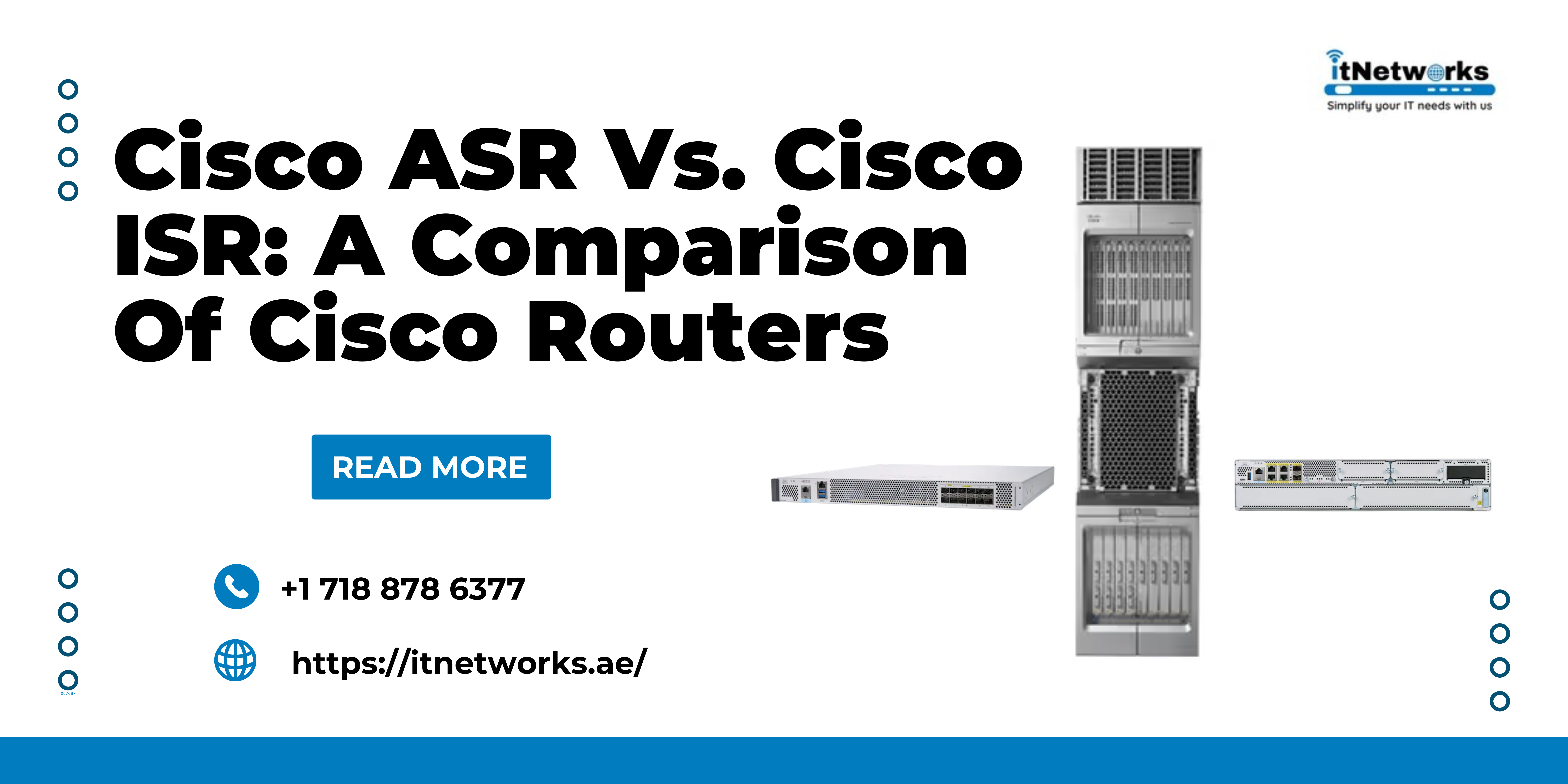How to Set Up a CCTV Camera
Not only a CCTV camera but its installation matter for home security. You can get the best camera for your home but it won’t be useful if not installed properly. The camera will be like a showpiece for you as well as others.
Many people feel relaxed after installing CCTV cameras thinking they will get all the footage if something goes wrong and finding the culprit will be easy for them. But, unfortunately, this doesn’t happen because of the poor setup and installation of the CCTV cameras. Basically, the angle of the CCTV cameras is not set right.
In this post, we will discuss the easy tricks and important details to set up a CCTV camera and ensure perfect home security.
We will start with the places to install CCTV cameras in your home:
- External front entrance
- Side entrance
- Back entrance
- All windows and doors
- Driveway if you have a car
- Storage areas
- Back and front garden
- Summerhouse, if any
- Shed
By installing CCTV cameras in these areas, you will know everything happening outside your home and people trying to enter your home or cause damage. But. make sure you don’t disturb the privacy of your neighbors. Other than this, you should set up CCTV cameras inside your home at certain corners, especially if you have kids and the elderly in your family.
For proper placement of the CCTV cameras, you should draw a diagram of your house. The diagram is important to avoid any problems during installation and maximize the effectiveness of the CCTV cameras.
Know your CCTV camera before installing
Yes, this is very important because the installation process varies with the CCTV camera types. For example, if you are installing wireless CCTV cameras, you will have more flexibility compared to wired CCTV cameras. The camera type decides the installation timeline as well.
According to us, you should prefer wired security systems because they have more stable network signals and higher resolution cameras. Also, they have a higher bandwidth capacity and are not susceptible to hacking and interference from wireless signals.
Other important things to know before installing CCTV cameras
At the beginning of this post, you got to know about the suitable corners of the house to install CCTV cameras. Other than this, you should pay attention to the field of view and avoid creating blind spots. Also, you should pay attention to lighting, meaning the cameras should be installed in well-lit areas to ensure a brighter, clearer image.
Place the cameras high up so that people can’t tamper with them. Most importantly, make sure that the cameras are not visible to intruders. This will alert them and they will try to damage the cameras to leave behind any proof.
The cameras should be placed at a suitable distance from the subject. The subject should be neither too close nor too far from the cameras. The areas should be in focus and clearly visible at all times. You shouldn’t place the cameras where they can be obscured by glare, meaning the cameras shouldn’t face direct sunlight because too much light reduces visibility.
Except for the round cameras, the angle of the cameras should be downward pointing. Also, the cameras should be mounted properly to a wall or structure so that they don’t shake and distort the picture.
Steps to set up CCTV cameras in your home
Mount DVR or NVR and cameras
- To mount DVR/NVR and cameras, you should place them at the chosen place and make marks for drilling. Then, you should screw the cameras and DVR/NVR through drilled holes and place them firmly.
- You should plug the camera power cable into a socket
- As DVR or NVR stores the camera recordings, you should keep them in a locked compartment. This will prevent an intruder from destroying it.
Connect the cables and monitor
- The wiring from cameras to DVR is sometimes very long. This impacts the safety of the wires, disturbing the performance of the cameras. You should secure the wires by nailing the moldings and putting the cables inside.
- If you are using IP cameras, you need to connect the Cat 6 to the camera. But, if you are using an analog HD system, you should connect the camera to the video and power cables. On the other end of the camera cable, you should connect the DVR/NVR.
- Next, you should connect DVR/NVR power and the data wire to the hard disk and then to a power socket to turn ON the system.
- Last, you should connect the monitor to DVR/NVR and turn it ON. You will find a split screen because there are different images from different cameras.
Test the CCTV cameras and overall surveillance system
The CCTV cameras are installed. Now, it’s time to test them and make changes if required.
- You should check the power supply and if the cables are connected properly to the socket when you cannot see the pictures on the screen. Make sure you use the right connectors for different camera types.
- If the system still doesn’t work, you should check for the damages. You should test a cable and camera with a video monitor by powering up the camera and cable directly to the video monitor. If images are seen on the video, it means the camera is working. But, if there are no images seen and the camera hasn’t powered up, the camera is faulty and it should be replaced.
Setting up a CCTV camera for home security is not easy. There are many things to be considered. So, instead of a DIY set up, you should seek help from professionals.
To know more about CCTV camera setup and installation, connect with us via WhatsApp at +971585811786





